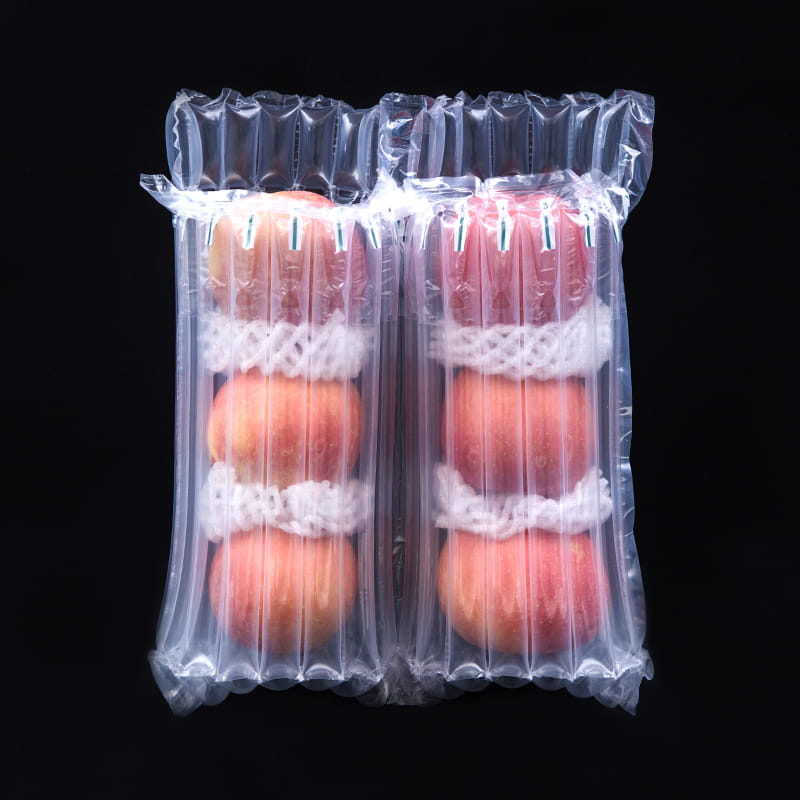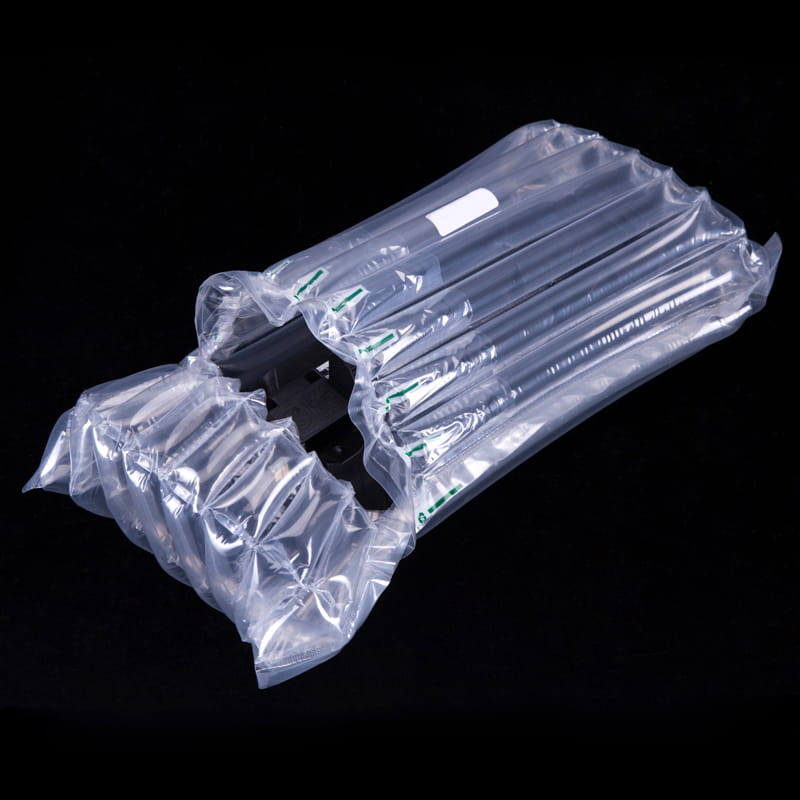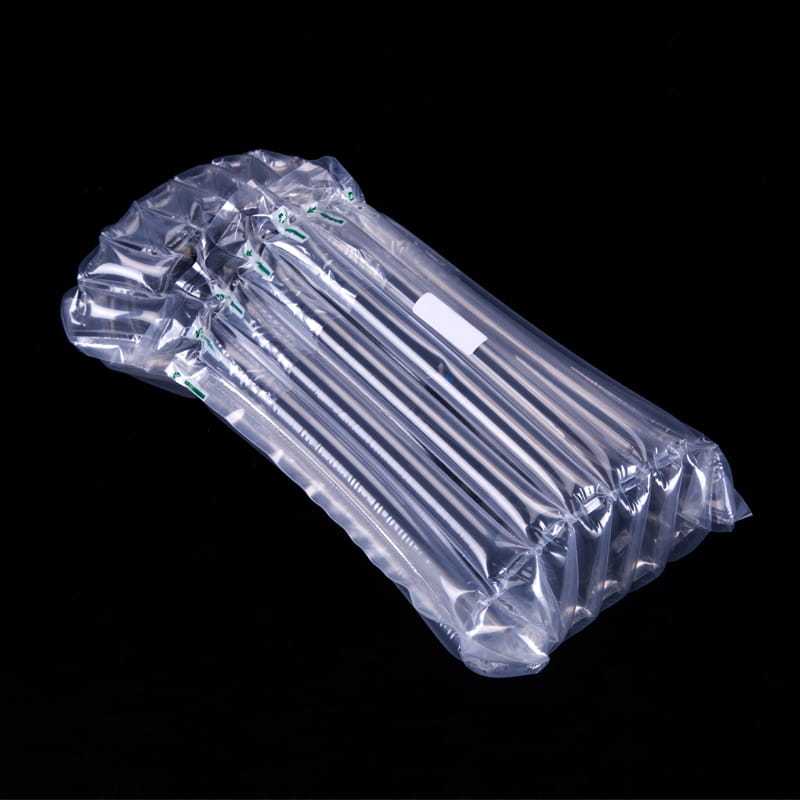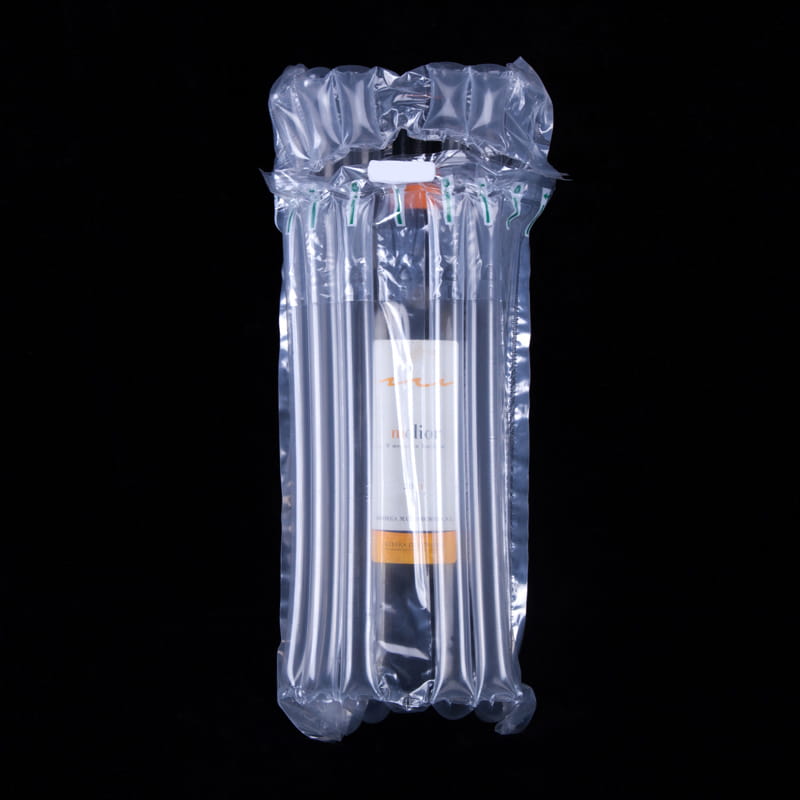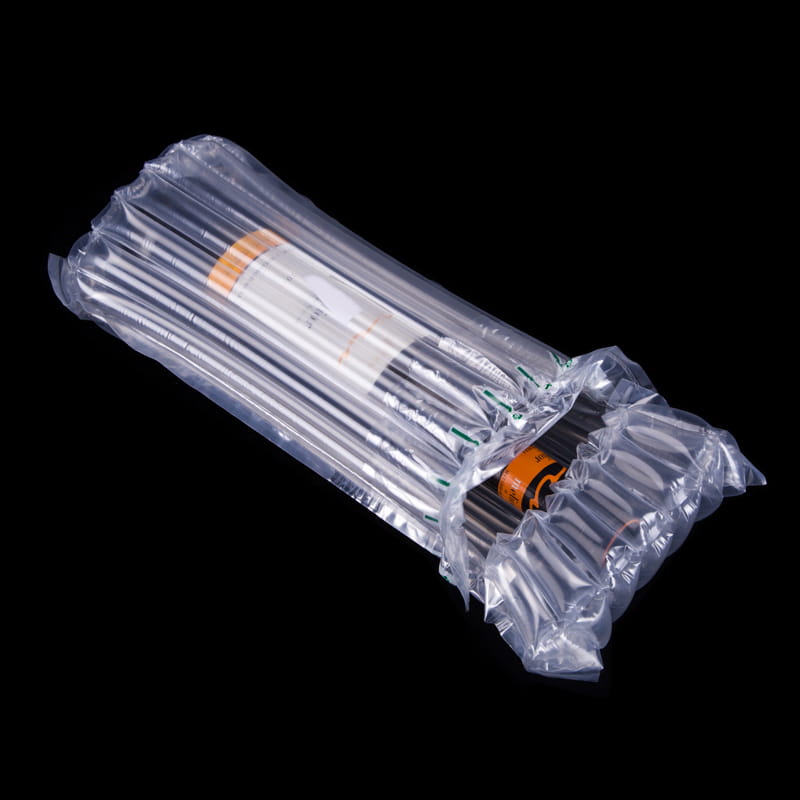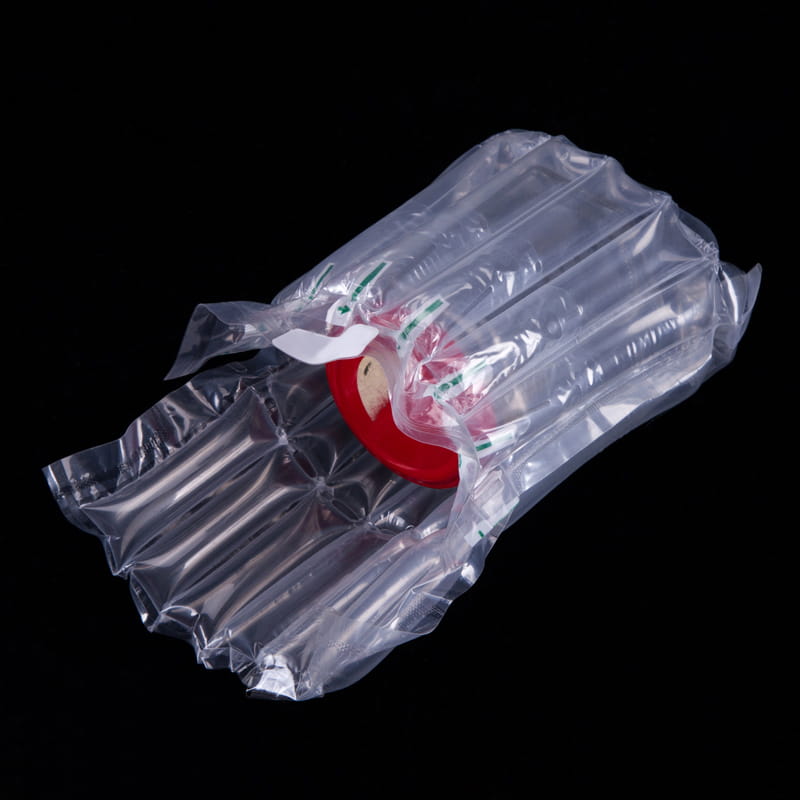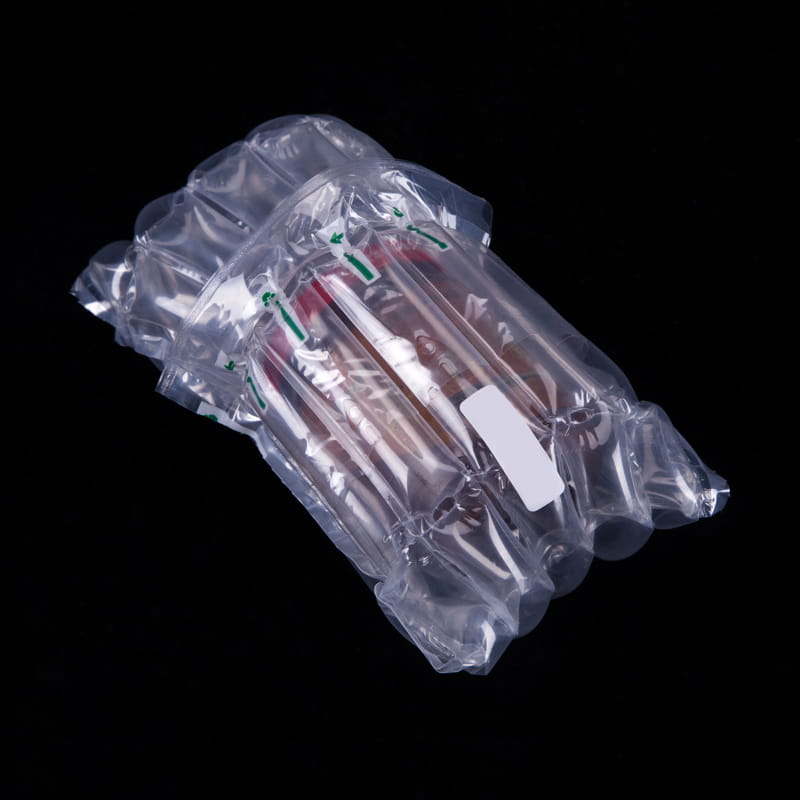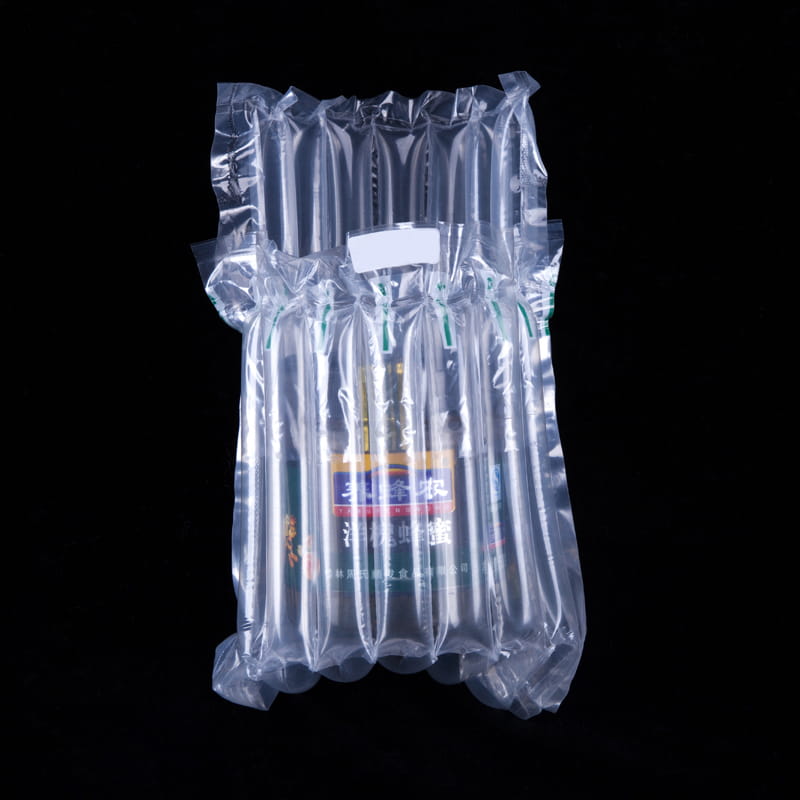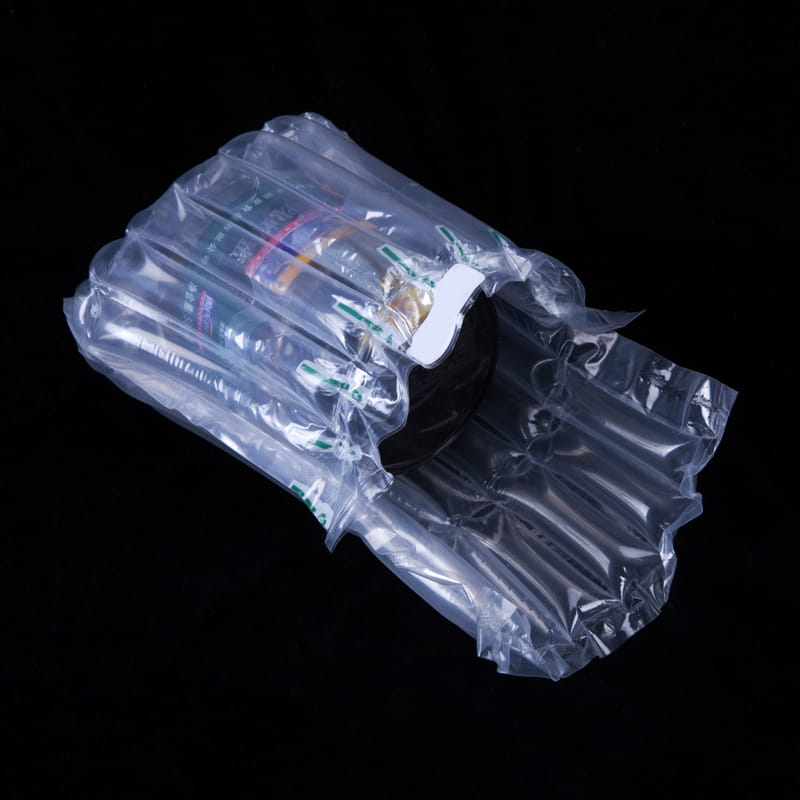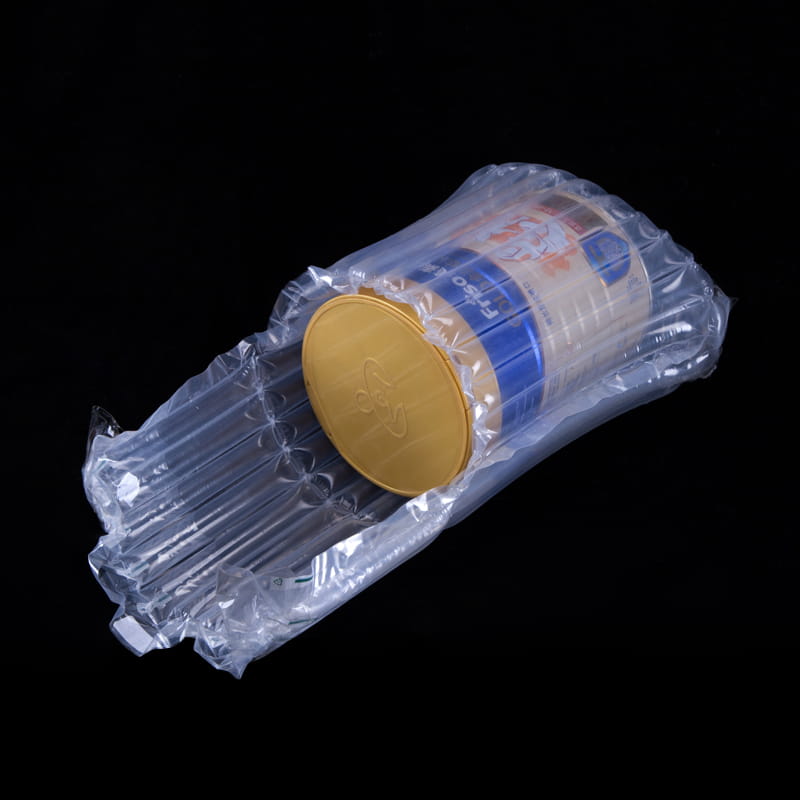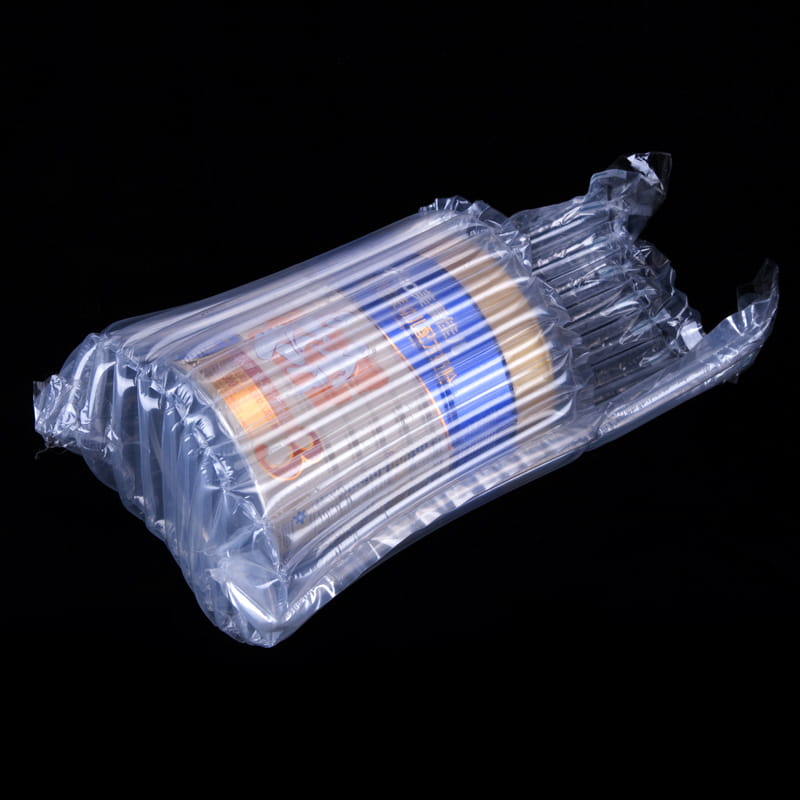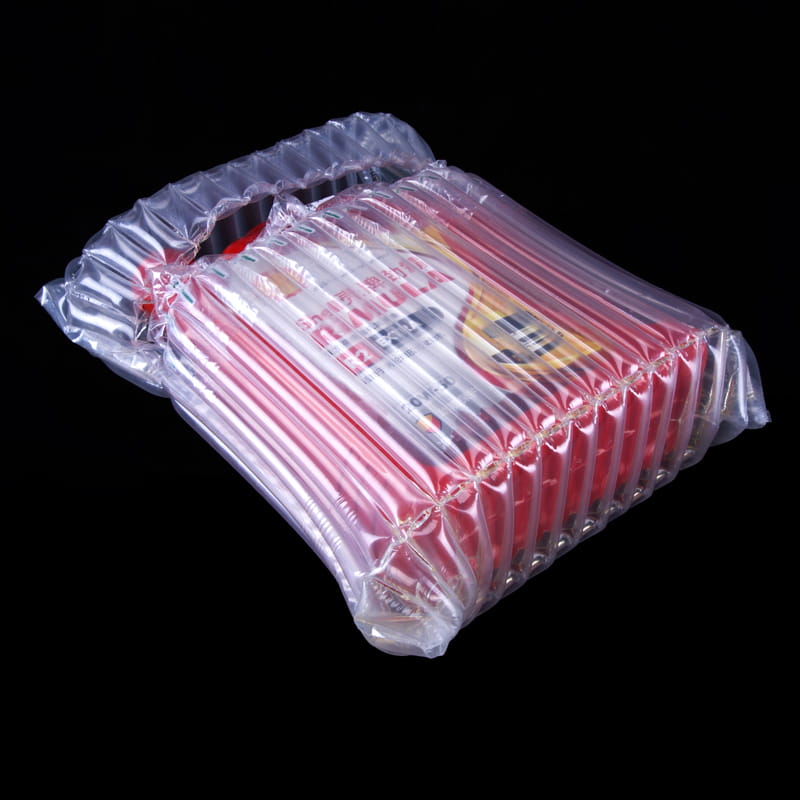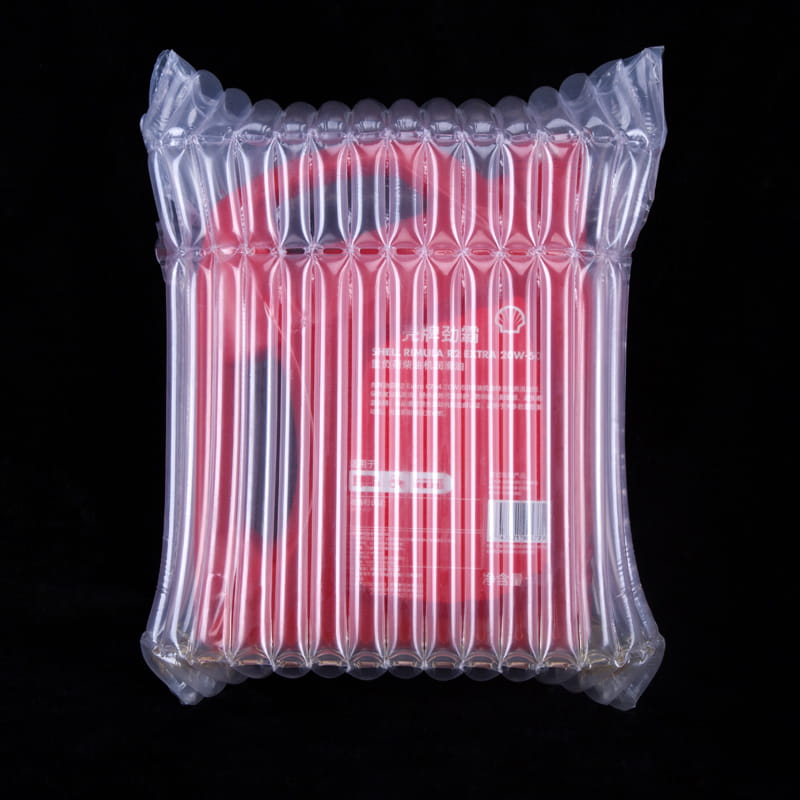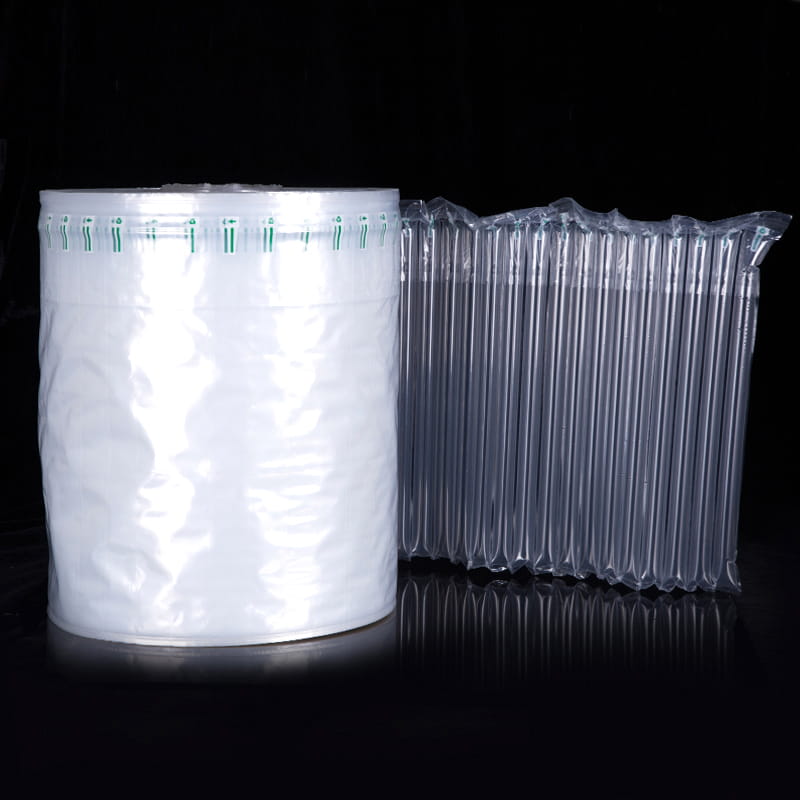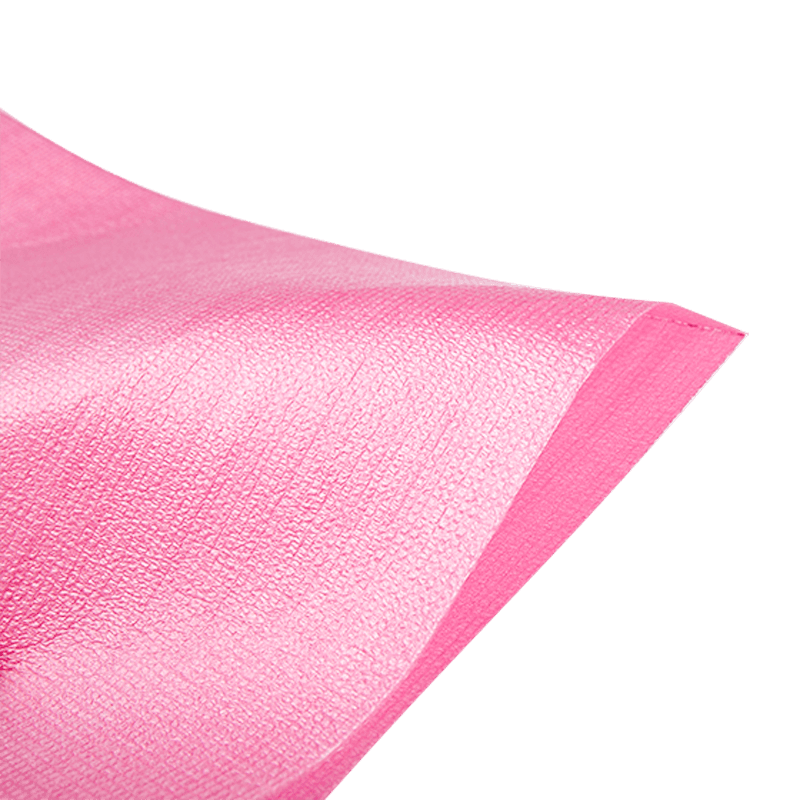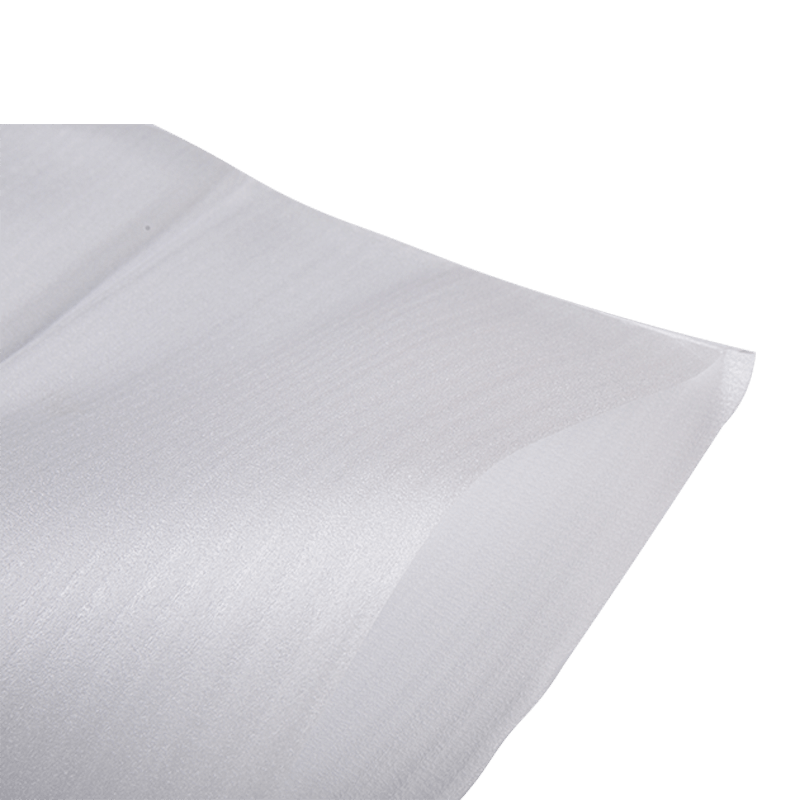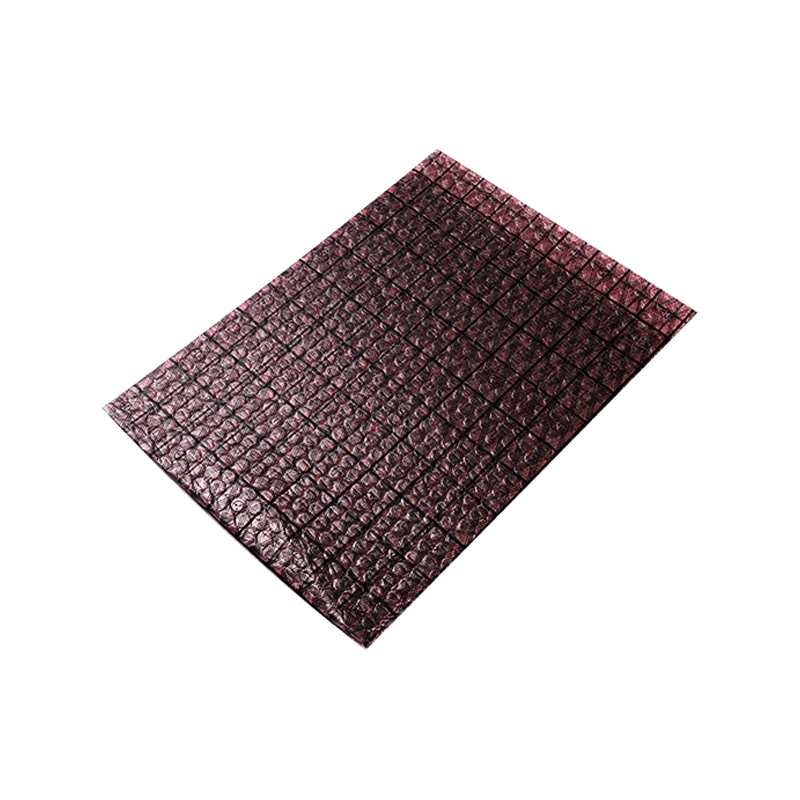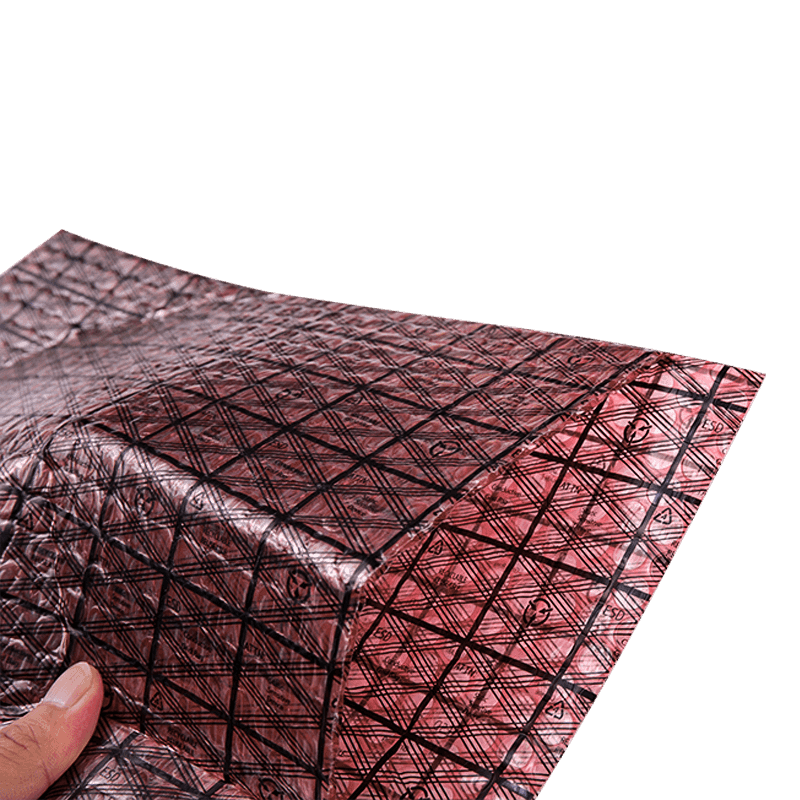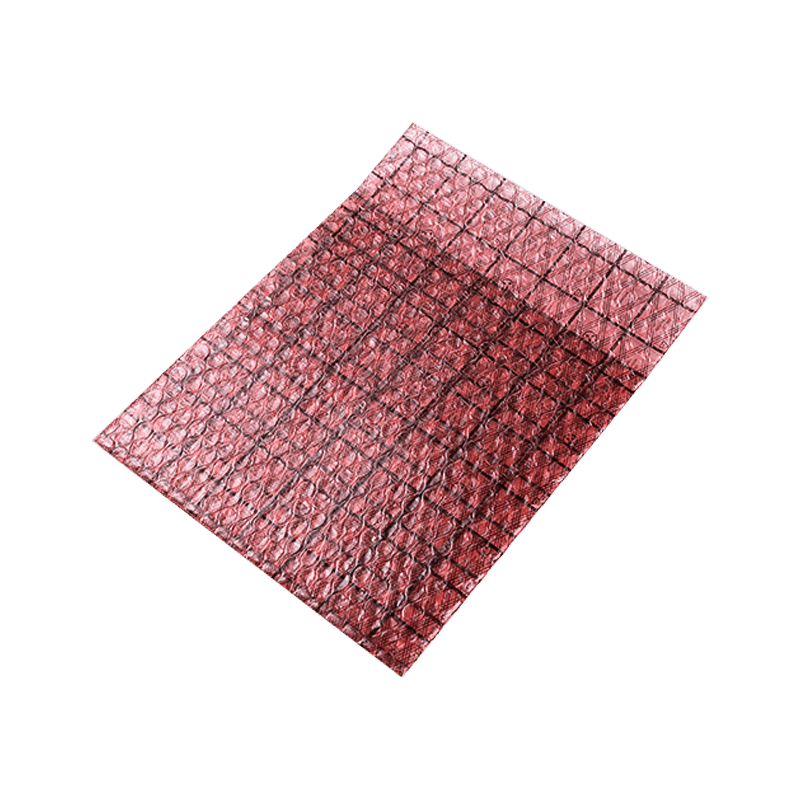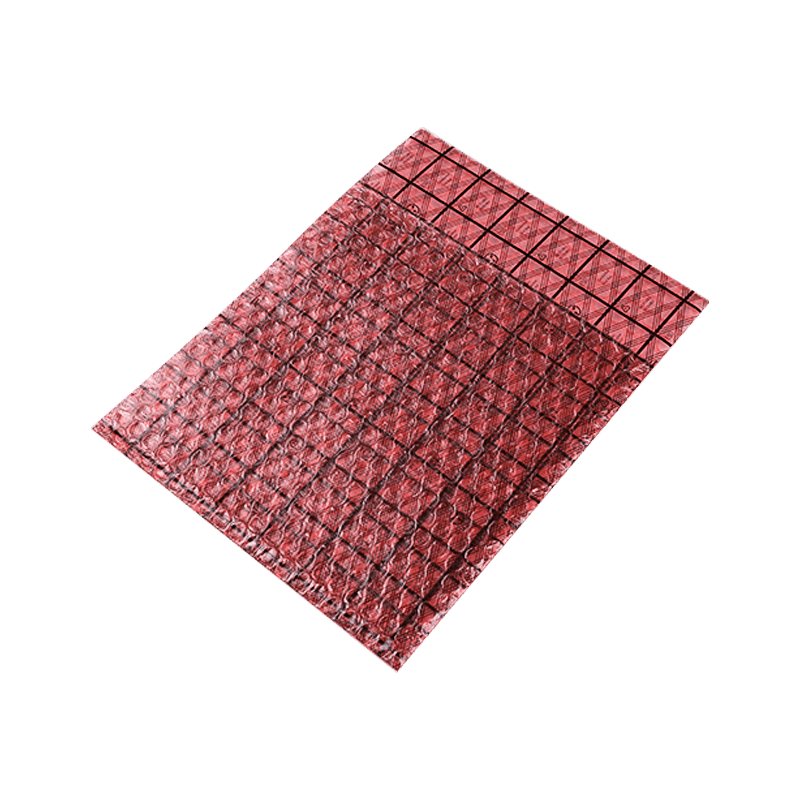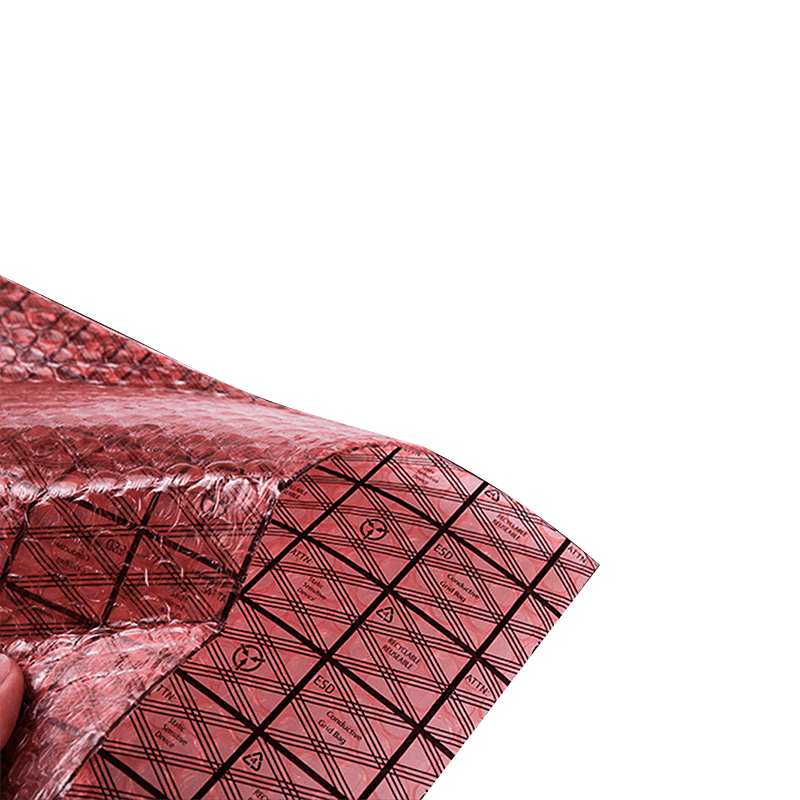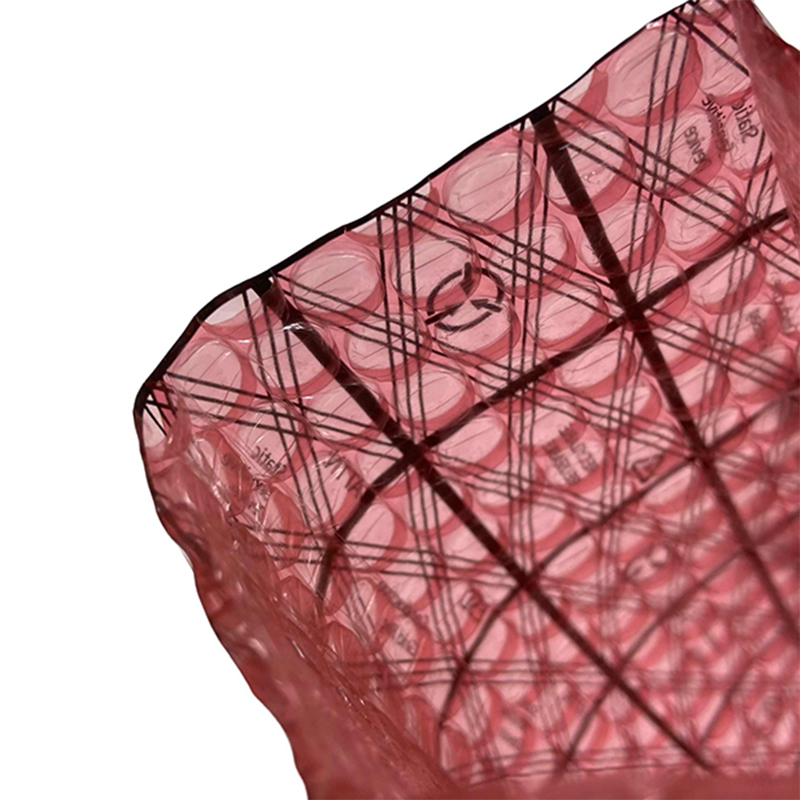In recent years, the world has become increasingly aware of the detrimental effects of plastic pollution on our environment. Plastic bags, in particular, have drawn significant attention due to their long lifespan and resistance to degradation. However, a potential solution has emerged in the form of photodegradable plastic bags.
Photodegradable plastic bags, as the name suggests, are designed to break down when exposed to light. These bags contain additives that accelerate the degradation process, causing them to disintegrate into smaller pieces over time. The primary advantage of photodegradable bags is that they do not persist in the environment for hundreds of years, unlike traditional plastic bags. However, it is crucial to understand that photodegradable bags are not the same as biodegradable bags. While biodegradable bags break down into natural elements, photodegradable bags simply fragment into smaller pieces.
One of the significant benefits of photodegradable plastic bags is their potential to reduce the accumulation of plastic waste in landfills and oceans. Traditional plastic bags take hundreds of years to decompose, causing severe environmental damage. Photodegradable bags, on the other hand, can degrade within a significantly shorter period, potentially minimizing their impact on ecosystems. However, it is important to note that the degradation process requires specific conditions, such as exposure to sunlight or UV radiation. In dark environments, the bags may remain intact for extended periods, limiting their effectiveness.
Despite the potential benefits of photodegradable plastic bags, some experts argue that they are not a comprehensive solution to the plastic pollution problem. One concern is that the fragmentation of photodegradable bags into smaller microplastics could still pose a threat to marine life and ecosystems. These microplastics can be easily mistaken for food by marine animals, leading to ingestion and potential harm. Additionally, the production of photodegradable bags requires the use of additives, which may introduce new environmental concerns. It is crucial to consider the entire lifecycle of these bags, including their production, usage, and disposal.
While photodegradable plastic bags offer a glimmer of hope in the fight against plastic pollution, they are not a panacea. Their ability to degrade under specific conditions provides some advantages, but their potential impact on marine life and the environment must be carefully considered. It is essential to continue exploring and investing in more sustainable alternatives, such as reusable bags and biodegradable materials. Ultimately, tackling the plastic pollution crisis requires a multifaceted approach, involving consumer behavior changes, government regulations, and innovative solutions that prioritize environmental sustainability.








